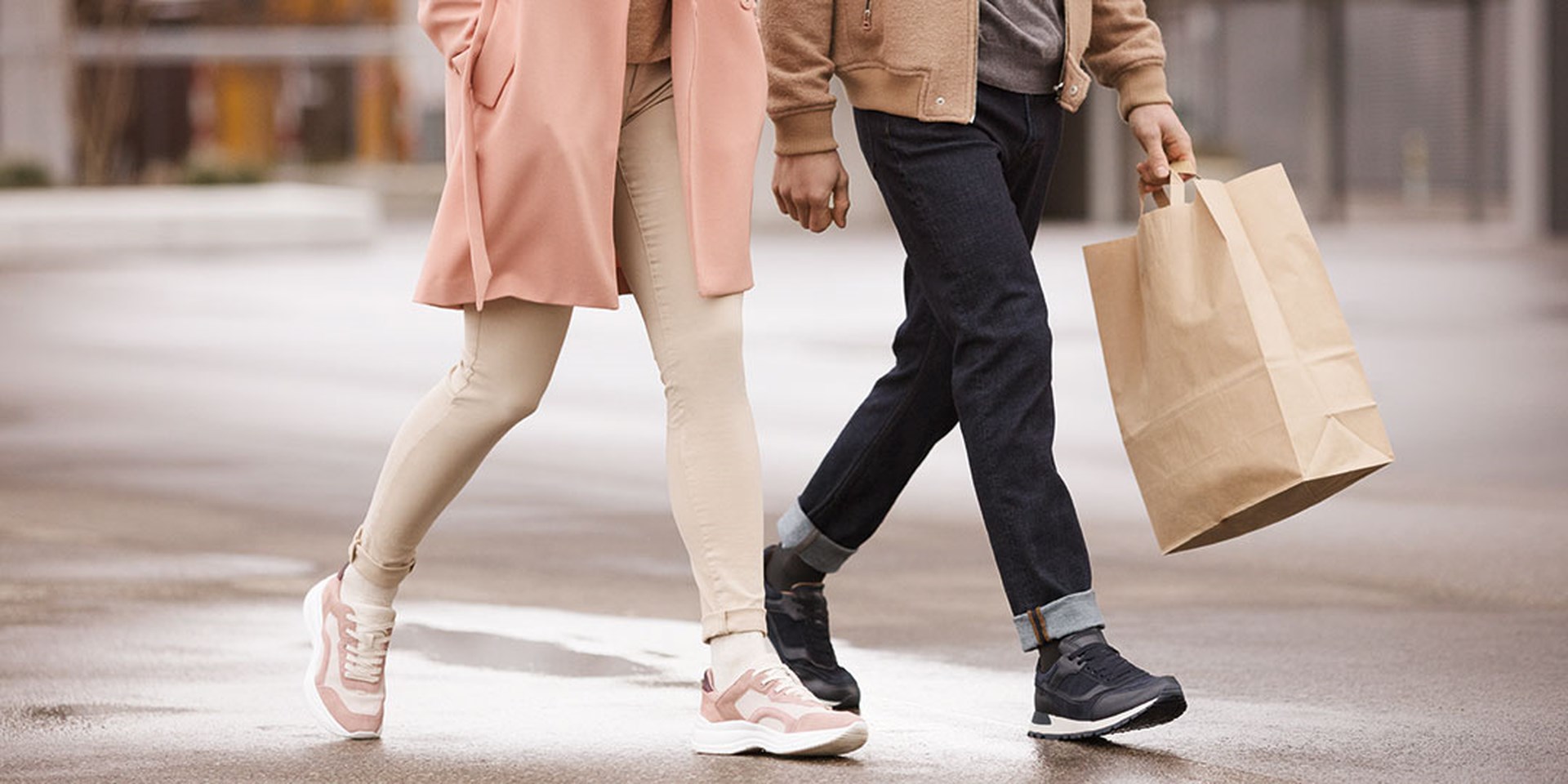Effective Compression Therapy for Veno-Lymphatic Disorders: Types, Mechanisms, and Patient-Centric Selection
This MOH Focus discusses different types of compression products in veno-lymphatic disorders. It focuses on characteristics of compression therapy types and on how to choose the best garment for an individual patient. This paper is available in English, French, German, Italian, Polish and Spanish.

Background
Prevalence of veno-lymphatic disorders
Venous disorders (1)
- C1 (spider and reticular veins): 59.1%
- C2 (varicose veins): 14.3%
- C3 (chronic leg edema): 13.4%
- C4-C6 (skin changes, healed/open ulcer): 3.6%
Lymphatic disorders (2):
- Lymphedema: 1.8% (2% women; 1.5% men)
- Primary lymphedema: 1/3 of all lymphedema patients
- Secondary lymphedema: 2/3 of all lymphedema patients
Lipedema (3):
- Predominantly in women: 6–8%
Management
The management of venolymphatic disorders is multifactorial and includes:
- Compression therapy, a well-established treatment for veno-lymphatic conditions (4)
- Skin care
- Surgical techniques & other therapies
- Exercise / weight management
- Lymphatic drainage
This One-Pager focuses on compression therapy mechanisms, benefits and types, and on how to choose the best garment for an individual patient.
Compression therapy
Mechanisms of action (5):
- Improves venous return
- Decreases filtration
- Enhances lymph formation & lymphatic flow
- Reduces inflammation
Beneficial effects (5):
- Reduces signs & symptoms
- Reduces & prevents edema
- Accelerates wound healing
- Improves & prevents skin conditions
- Reduces mechanical impairment & pain
- Increases physical activity & tissue stabilization; enhances quality of life
Compression therapy types
Circular knit
Characteristics
- Fine, discrete stockings; softer, more elastic & esthetic than flat knit; no seam
- Long-stretch properties; lower working pressure than flat knit
- Availability of made-to-measure garments
- Lower costs than flat knit or compression wraps
Usage (7)
- CVI (C0-C6; examples: heavy legs, varicose veins, early/mild edema; venous leg ulcers with the ULCER X kit)
- Mild to moderate lymphedema, lipedema or lipolymphedema, if limb has a uniform shape; can be used for the decongestive, transition or maintenance phase
Flat knit
Characteristics
- Thicker & stiffer materials compared to circular knit; highly resistant; with seam
- Short-stretch properties; higher working pressure than circular knit
- Flexible & versatile (custom-made)
- Comfortable with soft tissue or skin folds; comfortable at high compression classes
Usage (7)
- Moderate CVI (C3-C4)
- Mild to severe lymphedema, lipedema, lipolymphedema, with or without shape distortion (tissue containment); maintenance phase (can be used for the decongestive & transition phase); recommended after bandaging to prevent rebound
Compression wraps
Characteristics
- Allow self-management (self-application & -adjustment, self-hygiene & skin care); enhanced treatment
effi cacy & enhanced quality of life; cost-effective (washable, re-usable; time-saving); comfortable thanks to self-adjustment - Short-stretch properties; high working pressure & low resting pressure
Usage (7)
- Moderate/severe CVI (C3-C6)
- Mild/moderate to severe lymphedema, lipedema or lipolymphedema, with or without shape distortion; maintenance phase (can be used for the decongestive & transition phase); also used to prevent rebound
Compression classes & pressure characteristics
Compression classes (pressure at ankle)
Compression therapy exerts a controlled pressure on a limb. Different compression classes exist (depending on the regional norms) for circular knit and flat knit products.
Pressure characteristics
- Resting pressure: pressure created at the interface of the compression textile and the limb in a supine position (when resting). This corresponds to the compression class of a given product.
- Working pressure: pressure created at the interface of the compression textile and the limb during movement. The increase in pressure that occurs during movement depends on the fabric stiffness. Stiffer material results in a greater increase in working pressure.
Two garments of the same compression class produce the same resting pressure, but the stiffer garment produces a higher working pressure.
A high stiffness effectively reduces edema, but it makes the donning of compression stockings difficult: this is why compression stockings have a lower stiffness compared to bandages or wraps.
Choosing the right garment
The choice of the correct garment for an individual patient is influenced by many factors (4), (7):
- Clinical status of the patient (condition for which the garment is to be used; stage, severity & swelling site of edema)
- Age, mobility, ability to manage/tolerate garments
- Skin condition (fragile, ulcerated, normal)
- Limb morphology
- Stiffness of the fabric
- Self-care (health status, patient’s understanding of condition & desire to change) & financial situation of patient
- Patient's preference
